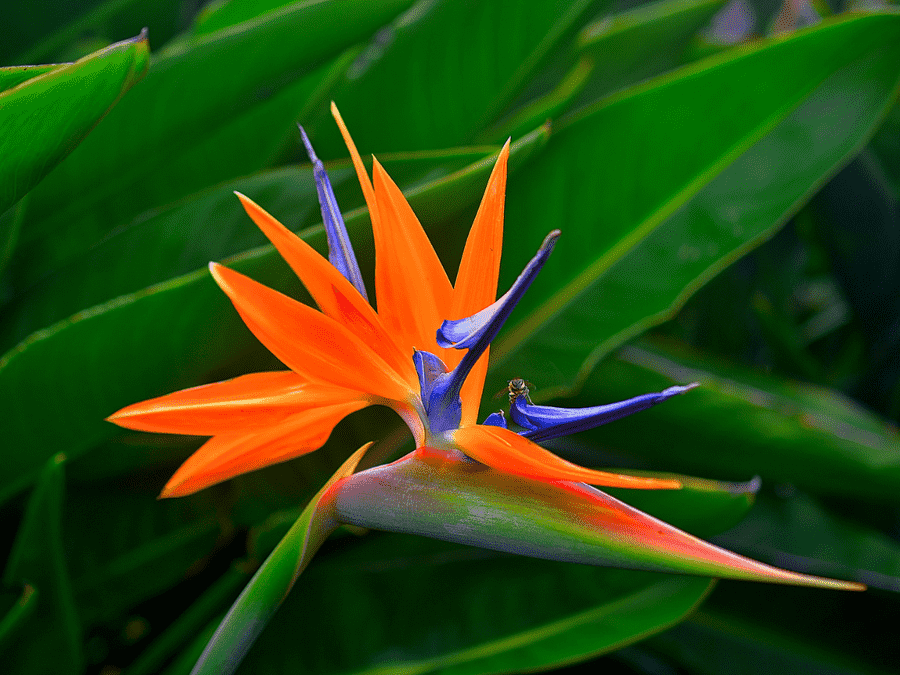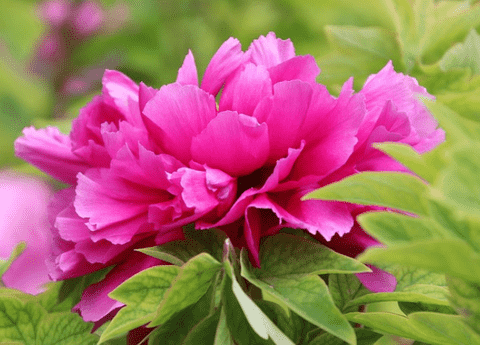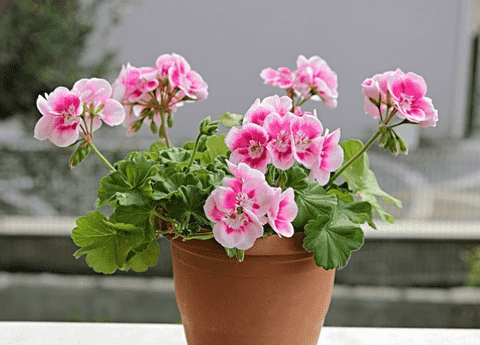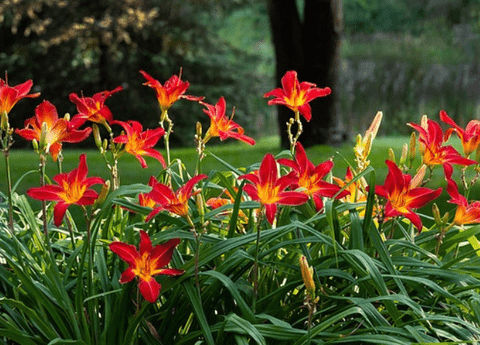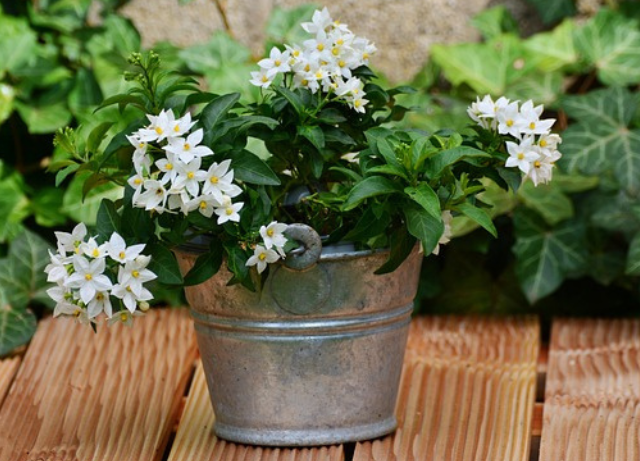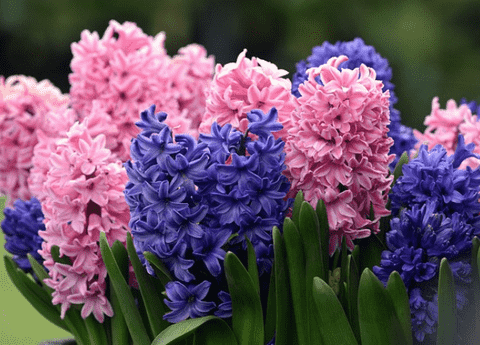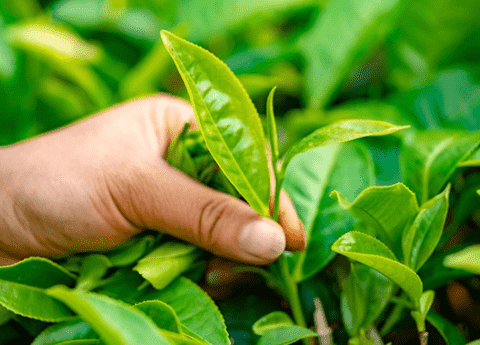Mastering Bird of Paradise Care: A Comprehensive Guide for Garden Enthusiasts
Table of Contents
Mastering the art of Bird of Paradise care can transform your garden into a tropical oasis. Known for its striking and exotic flowers, this plant is a favorite among garden enthusiasts who appreciate its vibrant colors and unique structure. While it may seem daunting to cultivate such an exquisite plant, understanding its specific needs can make the process both rewarding and enjoyable. In this guide, we will delve into the essential aspects of growing and maintaining a Bird of Paradise, from ideal growing conditions to tips for ensuring it thrives year-round. Get ready to elevate your gardening skills and bring a touch of paradise to your own backyard.
Understanding Bird of Paradise Plants
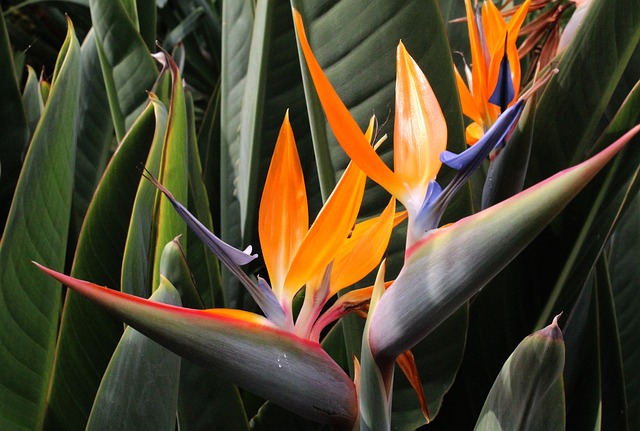
Origins and Characteristics
The Bird of Paradise plant, scientifically known as Strelitzia, is native to South Africa. Its name derives from its striking flowers, which resemble the plumage of a colorful bird. This plant belongs to the Strelitziaceae family and is celebrated for its vibrant orange and blue flowers. There are five species of Strelitzia, with Strelitzia reginae being the most commonly grown.
Bird of Paradise plants can grow up to six feet tall, with large, banana-like leaves that add a lush, tropical feel to any garden. These plants usually bloom in late winter or early spring, though with proper care, they can flower multiple times a year. The plant’s unique structure and vivid hues make it a standout addition to any garden, bringing an exotic flair that captivates any onlooker.
Types of Bird of Paradise
Bird of Paradise plants come in several varieties, each with its own unique characteristics. The most popular type is Strelitzia reginae, known for its bright orange and blue flowers. This species is commonly used in both outdoor gardens and as a striking indoor plant. Another noteworthy variety is Strelitzia nicolai, or the Giant Bird of Paradise, which can grow up to 30 feet tall and features white and blue flowers.
Additionally, Strelitzia juncea is known for its spiky, reed-like leaves and orange flowers. This species is more drought-tolerant and has a distinct silhouette compared to its counterparts. Strelitzia caudata, or the Mountain Bird of Paradise, is a rarer type that has white flowers and grows in the mountainous regions of South Africa.
Understanding the different types of Bird of Paradise plants can help you choose the right variety for your garden, ensuring that you meet its specific care needs.
Benefits of Growing Them
Growing Bird of Paradise plants offers numerous benefits, making them a valuable addition to any garden. First and foremost, their exotic flowers and lush foliage serve as eye-catching focal points, adding vibrant color and a tropical feel to your outdoor space. These plants can enhance the aesthetic appeal of your garden, creating a serene and picturesque environment.
Beyond their visual appeal, Bird of Paradise plants are relatively low-maintenance once established. They are drought-tolerant and can thrive in a variety of soil types, making them ideal for gardeners of all skill levels. Additionally, these plants can attract pollinators such as birds, bees, and butterflies, promoting a healthy and biodiverse garden ecosystem.
Moreover, Bird of Paradise plants can also be grown indoors as houseplants, bringing a touch of nature inside your home. Their air-purifying qualities contribute to a healthier indoor environment, making them both beautiful and functional.
Essential Care Tips
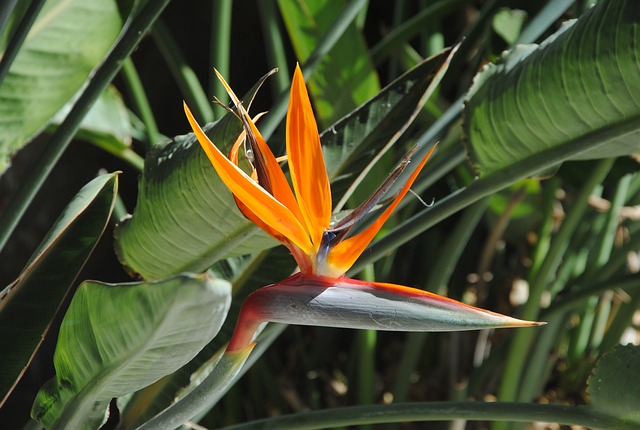
Ideal Soil and Light Conditions
To ensure your Bird of Paradise plant thrives, it is crucial to provide the ideal soil and light conditions. These plants thrive in well-draining soil that is abundant in organic matter. A mix of potting soil, sand, and compost can create an optimal environment for root growth. Ensuring good drainage is essential, as soggy soil can lead to root rot and other issues.
When it comes to light, Bird of Paradise plants flourish in bright, indirect sunlight. They need at least four to six hours of light daily to produce their stunning flowers. While they can handle some direct sunlight, too much can scorch their leaves. Therefore, placing them in a location with filtered light, such as near a south or east-facing window, is ideal for indoor plants. For outdoor plants, partial shade can help protect them from the harsh afternoon sun while still providing adequate light.
Watering and Feeding Schedule
Maintaining a consistent watering and feeding schedule is key to the health of your Bird of Paradise plant. These plants prefer to be kept moist but not waterlogged. During the growing season, which spans from spring to early autumn, water your plant thoroughly once the top inch of soil feels dry. Reduce watering in the winter months, allowing the soil to dry out more between waterings to prevent root rot.
Feeding your Bird of Paradise is equally important. Use a balanced, water-soluble fertilizer every two weeks during the growing season to promote vigorous growth and vibrant flowers. In the off-season, you can cut back on fertilizing to once a month or even less, as the plant’s growth slows down.
Consistency is crucial; erratic watering and feeding can stress the plant and inhibit its growth. Remember, a well-maintained Bird of Paradise will reward you with its stunning blooms and lush foliage.
Pruning and Pest Control
Pruning and pest control are vital for maintaining the health and appearance of your Bird of Paradise plant. Regular pruning helps to remove dead or damaged leaves, promoting new growth and keeping the plant looking tidy. It is best to prune in the spring before the new growth cycle begins. Use clean, sharp scissors or pruning shears to make precise cuts, and be sure to remove any spent flowers to encourage further blooming.
Pest control is also essential to protect your Bird of Paradise from common garden pests such as spider mites, aphids, and mealybugs. Check the plant frequently for any signs of infestation, like discolored leaves or sticky residue. If you spot pests, use insecticidal soap or neem oil to treat the plant, making sure to follow the instructions on the product label closely. Maintaining good air circulation and avoiding overwatering can also help prevent pest issues, ensuring your plant remains healthy and vibrant.

